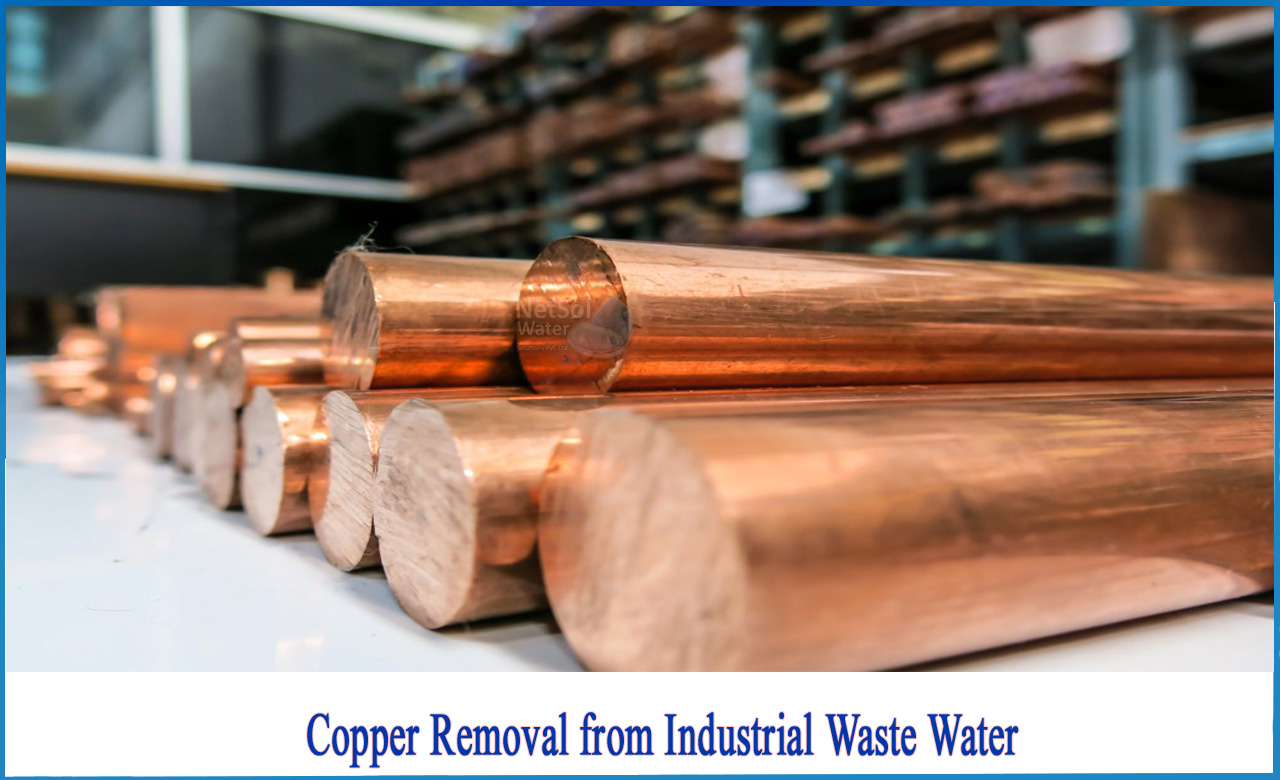How is copper removed from industrial waste water?
Copper (Cu) is a heavy metal mined for and used in a variety of industrial processes such as metal plating and printing, as well as the production of electronic components, circuit boards, paints, pigments, paper, pulp, and fertilizer. Copper, like other heavy metals, is a valuable but potentially hazardous material that must be closely monitored and managed when present in effluent streams.
What are the primary reasons for copper removal from wastewater?
Copper is a naturally occurring element with a high density relative to water and toxicity at low concentrations. Because of these properties, copper is classified as a heavy metal, along with many other metals and metalloids such as mercury, cadmium, arsenic, chromium, and lead.
Long-term exposure to slightly elevated copper levels in humans can cause mild symptoms such as headaches and gastrointestinal upset. Chronic copper exposure has been linked to a number of serious health consequences, including cognitive impairment in adolescents, as well as diseases of the liver, kidneys, brain, and nervous system.
If your industrial facility has high copper levels in its effluent, you may be wondering what the best methods are for removing copper from industrial wastewater.
1-Chemical precipitation
Chemical precipitation is one of the more popular copper removal treatment strategies because it is simple and inexpensive. The process entails adding chemical precipitants to a stream, which interact with copper ions to form insoluble precipitates that can then be removed through physical separation methods such as filtration or clarification. When considering chemical precipitation for copper removal, facilities should keep in mind that the extent of copper removal is dependent on the chemical precipitants used, and not all will reduce copper levels below allowable discharge limits.
2-Dissolved air flotation
Dissolved air flotation (DAF) is a wastewater treatment technique that involves the addition of chemical coagulants to a stream to encourage contaminants to settle into small particles. The process of treatment begins with the introduction of air bubbles, which encourage the particles to the surface, where they form a sludge layer that can be removed. While there are other types of flotation, such as ion flotation and precipitation flotation, DAF is the most widely used for the removal of copper and other metals.
DAF has several advantages, including high efficiency and selectivity for copper removal, a short retention time, low operational costs, and smaller, more concentrated sludge volumes when compared to sedimentation. However, facilities considering DAF for copper removal should keep in mind that the technology requires a significant capital investment as well as ongoing maintenance.
3-Adsorption
Adsorption is a treatment technology that uses molecular forces to separate contaminants from water. For the removal of copper and other metals, physical adsorption technologies are commonly used, and the process generally consists of passing a wastewater stream through adsorbent media. Copper removal can be accomplished using a variety of adsorbent media, including activated carbon, carbon nanotubes, zeolite, clay, and biomass composed of fungi, algae, or microbes.
Because copper ions (or other metals) are more attracted to the adsorbent media than to water, they are effectively pulled out of solution and remain on the media's surface while the wastewater effluent flows through. Adsorption has many advantages for facilities looking for copper removal technologies because it is a relatively simple process with low operational costs and easy access to adsorbent media.
4-Ion exchange
Ion exchange (IX) is a physical-chemical treatment method that involves passing a wastewater stream through a resin substrate that allows charged ions like copper to exchange. Until the resin is regenerated, the resin selectively captures and retains these charged particles from solution. IX is an effective method for removing copper from low metal ion concentration streams, though its effectiveness varies depending on the pH of the stream. Facilities that use IX for copper removal must plan for regular regeneration and maintenance schedules to ensure that the system remains efficient in reducing copper to allowable levels.
5-Membrane filtration
Membrane filtration is a physical separation process that involves passing a liquid stream through a semi-permeable filtration membrane under pressure. Any particles larger than the pores of the membrane are retained, while the liquid stream can pass through. Nanofiltration (NF), reverse osmosis (RO), and electrodialysis are three types of membrane filtration commonly used for copper removal.Membrane filtration technologies can be an excellent choice for wastewater treatment strategies where strict discharge limits are a concern and reclamation and recovery of copper or other valuable materials is a top priority.
For more details, contact Netsol Water.
Netsol Water is Greater Noida-based leading water & wastewater treatment plant manufacturer. We are industry's most demanding company based on client review and work quality. We are known as best commercial RO plant manufacturers, industrial RO plant manufacturer, sewage treatment plant manufacturer, Water Softener Plant Manufacturers and effluent treatment plant manufacturers. Apart from this 24x7 customer support is our USP. Call on +91-9650608473, or write us at enquiry@netsolwater.com for any support, inquiry or product-purchase related query.



